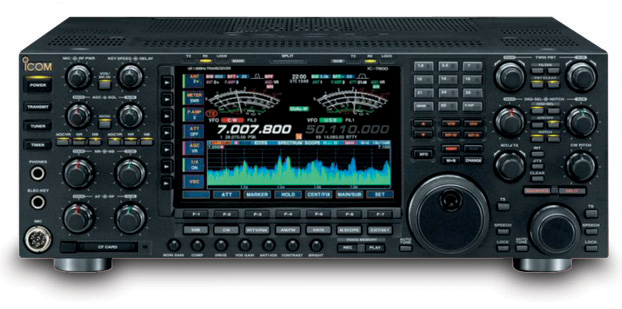Frequently asked questions about... operating an amateur radio station
Basic information on operating an amateur station is available from the amateur section of the Australian Communications and Media Authority website. To contact other people, amateurs may issue a general call (CQ) with the hope of getting a response, call another station who they suspect may be listening, respond to another amateur's CQ call, or 'tail-end' a contact that has just concluded by calling one of the stations heard.
But there's more to it than that. Beyond the formal rules specified by ACMA there are informal rules and conventions. Also practices vary according to the mode and band in use. A good way to find out how to do things is to listen a lot, to find out what kinds of techniques are used, then use a judicious mixture of the legal ones!
Further information on specific modes, techniques and special interests is provided in separate pages. Read on...
| Modes used | Bands and techniques | Operating interests | Other interests |
|---|---|---|---|
| Single Sideband | Low frequency operation | DX hunting | Homebrewing |
| Morse code | HF Digital Modes | Contests | Portable operation |
| AM operation | VHF/UHF digital modes | Sarex | Mobile operation |
| Low power or QRP | FM and repeaters | Public Service | Fox hunting |
| Slow scan television | Automatic position reporting system | WICEN | Internet Repeater Linking |
| Television | VHF/UHF DX | Awards | |
| Packet Radio | Microwave Bands | SOTA | |
| Satellites |
Next: Single Sideband

